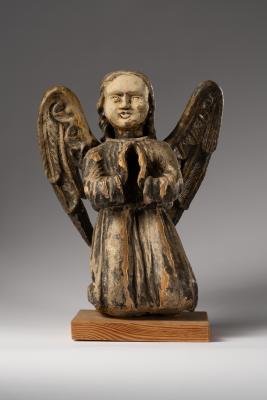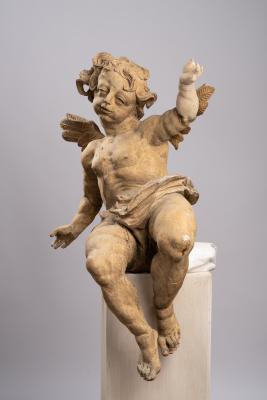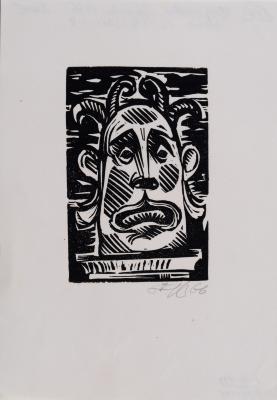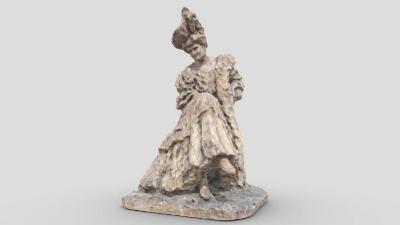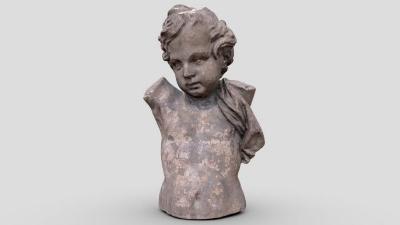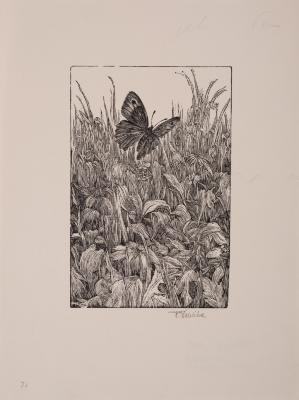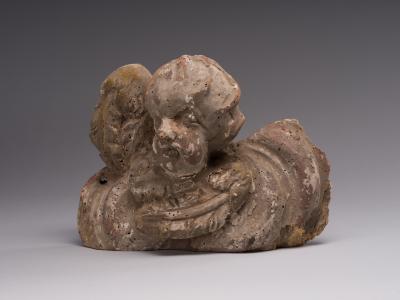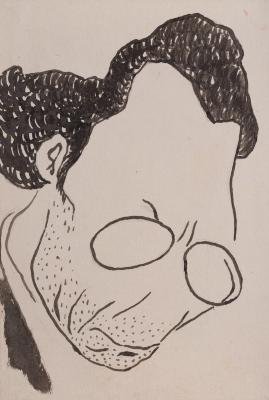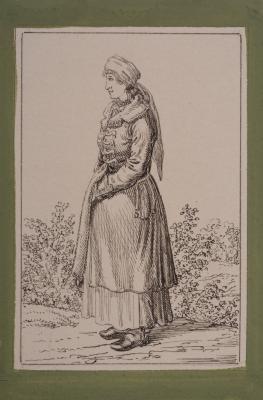The first work, Il Casotto dei Burattini in Roma, was performed by Bartolomeo Pinelli for Raccolta di Cinquanta Costumi Pittoreschi (Collection of Fifty Picturesque Costumes), released in 1809. It was a multi-figure composition, where a crowd of people stood before a booth of a puppet mini-theatre on a wide square. Among the spectators were noblemen, monks, women, children, and even one traveller on a donkey. In the background, the artist depicted tall buildings over the roofs of which the dome of St. Peter's Cathedral could be seen on the right. The engraving by B. Pinelli, made in a slightly different variant, without the cathedral's dome but with a large crowd of monks and noblemen in a smaller square, has been known since 1816. This engraving with a simpler composition, in which there are few architectural elements and ordinary people dominate the audience, was issued in the album Nuova Raccolta di Cinquanta Costumi Pittoreschi incisi di acqua forte (New Collection of Fifty Picturesque Costumes), published by Giovanni Scudellari in Rome in 1817. This work was probably made in 1816. The artist presents a street scene where Burattino's booth stands in the middle of the square, with a popular puppet character peeking out. There are primarily women and children near the booth. The engraving is painted with bright watercolours with prevailing red, blue, yellow, and green ones. In 1844, the album with 27 engravings by Bartolomeo Pinelli was released, which included selected scenes of carnival, games, actions, and street scenes, as well as this engraving.











